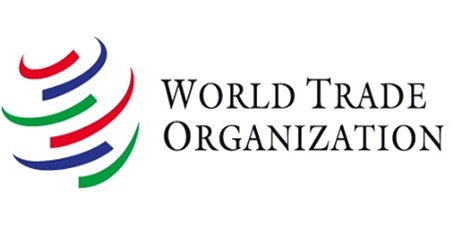The WTO’s World Trade Statistical Review 2019 was published on 29 July 2019. The publication considers the trends in global trade, with analysis of trade in goods and services and the participation of developing economies in world trade.
Global merchandise trade increased by 3.0% in 2018, representing a much lower level of increase than the 4.6% global growth achieved in 2017. The slowing of growth in global trade reflected trade tensions and high levels of trade restrictions.
Trade restrictive measures have been increasing in recent periods and if trade is to rise faster in 2019-20 these trade tensions need to be resolved. Although the bulk of world trade was still carried out by the ten largest trading economies leading traders, which accounted for more than half of global trade in 2018, the developing economies are rising in importance and moving higher in the rankings of global exporters and importers. Developing countries are also trading more with each other. The least developed countries on the other hand still represent a very small part of world trade, with merchandise exports representing less than 1% of total world exports.
Global networks for the production of goods are increasing in size and importance and developing economies are playing a greater part. Asian economies are now important participators in global value chains. Participation in global production chains allows developing countries to increase economic growth by using their natural resources, productive capacities, workforce or specialized skills. Asian economies have increased their contribution to global value chains at a rate will above the global average, stepping up trade with international industrial partners. In 2018 Vietnam, the Philippines, China and India all exceeded the average rate of growth in participation in international value chains.
The section of the report on trade policy developments notes that most-favoured-nation (MFN) tariffs have decreased at a moderate rate in the past ten years. The world average applied tariff in 2018 was around 9% just one percentage point lower than in 2008.
The rise of new technologies and the increase in online transactions is a challenge to statistical attempts to measure world trade. The trade statistics and product classifications need to be kept up-to-date so they can identify new products and services and the innovative business models arising. The WTO continues efforts to increase its understanding of the trends by collaborating with national and international organisations, academic institutes, the private sector and consumers.












